Hemoglobin, the invisible shield of your skin
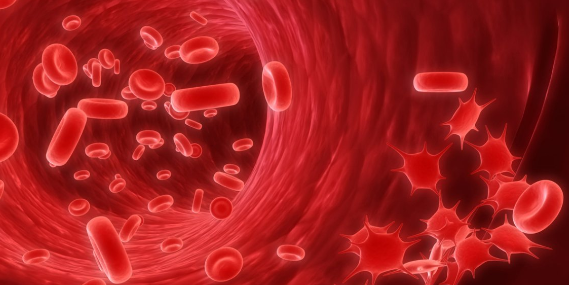
Curious people of the skin world, here we are with a discovery that will make your red blood cells stand up (you never thought I’d say that, did you?)! It turns out that hemoglobin, this protein that normally parties in our red blood cells, has also decided to pay a surprise visit to the epidermis, our outer layer of skin. Scientists, always looking for answers to interesting questions, set out to investigate how our skin, that natural bulletproof vest, manages to keep us safe from environmental chaos. The surprise? They found hemoglobin partying in the keratinocytes of the epidermis and even in hair follicles! It seems that the skin has more secrets than we imagined!
Let’s speak a little bit in the language of Professor Masayuki Amagai, who led this discovery project, the epidermis is like a club full of keratinocytes that are dressed up with keratinized stratified squamous epithelium (yes, it sounds fancy!). But, mind you, some protective genes were hiding and we couldn’t find them because they were half shy and that’s where hemoglobin comes in, the superstar that binds to gases like oxygen, carbon dioxide and nitric oxide. This iron pack is like the skin’s superhero, with antioxidant properties and other yet unknown functions. Imagine hemoglobin as the bodyguard of the epidermis!
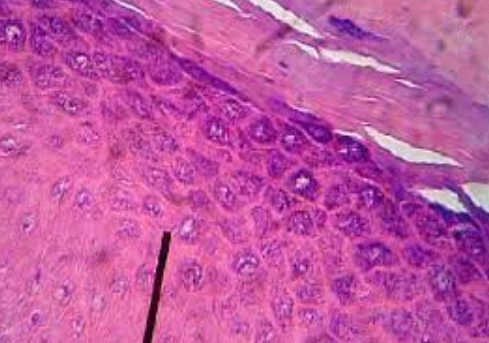
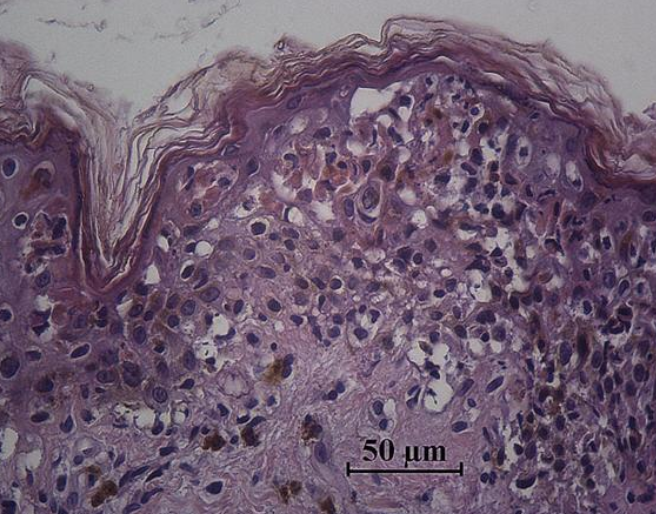
Professor Amagai, after his adventure analyzing the epidermis and doing immunostaining experiments (a fancy term for giving skin cells an artistic touch-up to see hemoglobin), came to the conclusion that epidermal hemoglobin is like the skin’s antioxidant shield. It protects keratinocytes from oxidative stress, either from harmful UV rays or from internal problems such as a slightly impaired mitochondrial function. In short, hemoglobin is like the elixir of youth for our skin, so guys and gals, the next time you wonder why your skin looks so good despite all the daily challenges, remember that hemoglobin is hard at work keeping it radiant and resilient. Long live the epidermis and its band of superproteins!

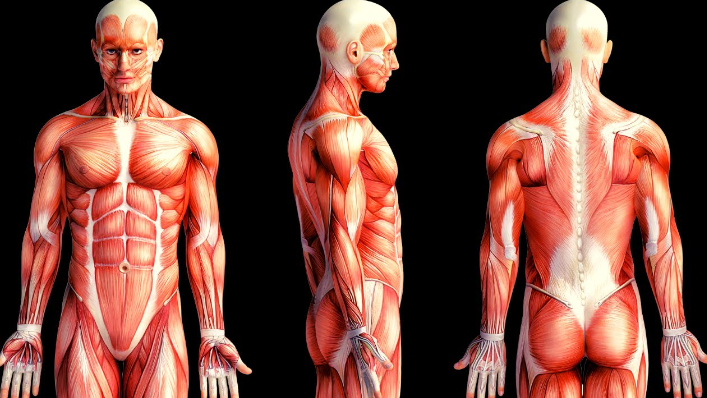
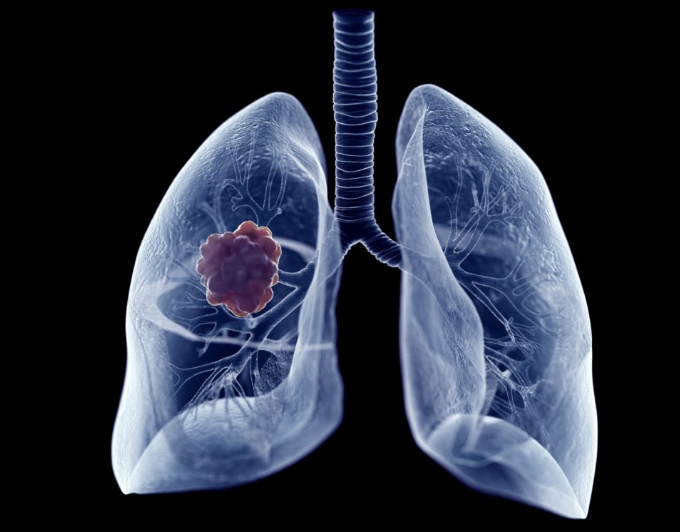
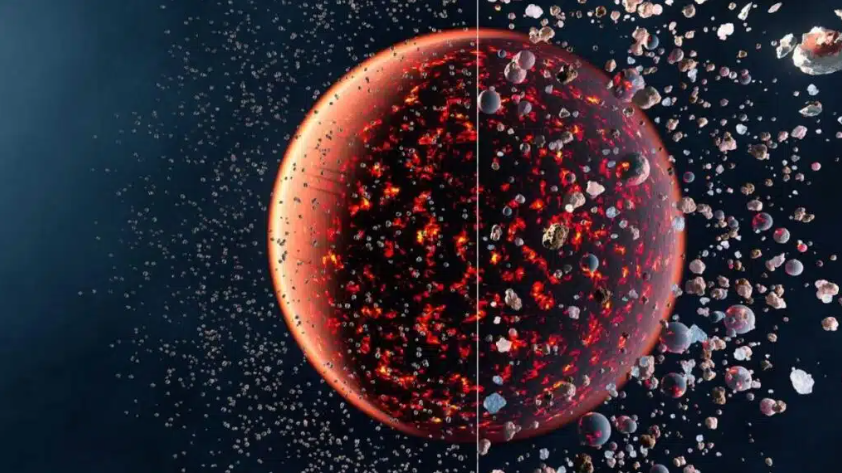
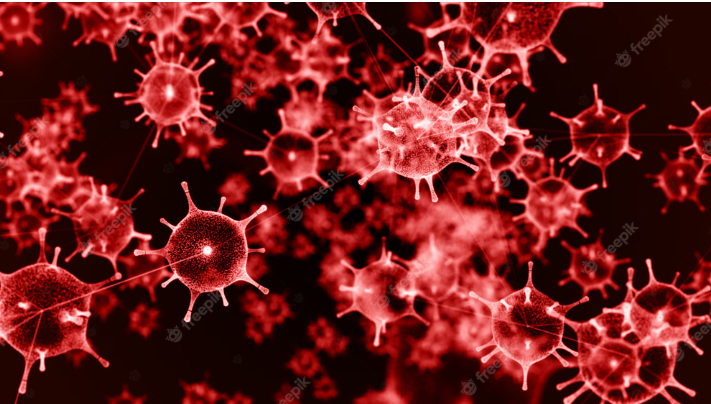
Responses